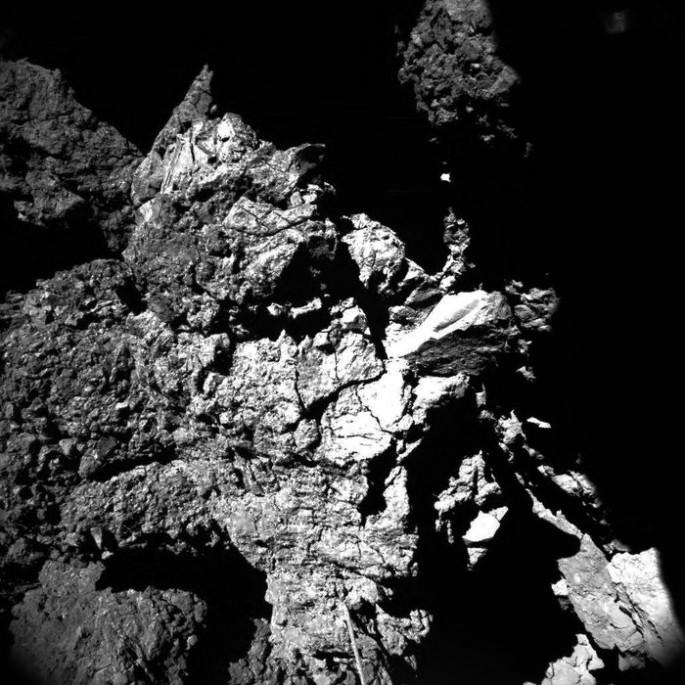European Space Agency's comet hunter, Rosetta probe, has detected evidence of organic, life sustaining compounds on comet 67P.
Researchers are now suggesting that life on Earth could probably originate from these newly detected compounds on comet 67P/Churyumov-Gerasimenko from a comet striking the planet similar to comet 67P.
With the help of the Philae lander that was deployed by the Rosetta spacecraft last November, the lander has detected 16 carbon compounds that are rich in nitrogen and considered to be organic that was never before observed on comets, according to ESA scientists.
Researchers suggest that some of these compounds apparently play a crucial role when it comes to the "prebiotic synthesis of amino acids that include sugars and nucleobases" which are all considered to be building blocks of life.
These organic compounds were first determined during the scientific investigation of Philae that lasted 60 hours after it landed on the surface of the comet. However, Philae went silent and went into hibernation mode for months due to a bumpy landing where the lander ended under a deep shadow of a cliff, preventing sunlight from reaching its solar panels.
At the time of the scientific investigation, the lander analyzed dark grains of material measuring one millimeter wide that consist of complex organic molecules. According to lead scientist for the Philae lander, Jean-Pierre Bibring, this is a truly fundamental discovery.
ESA scientists believe that these existing complex molecules on the comet are the solar system's relics that suggest that those chemical processes at the time have a pivotal role in the formation of prebiotic material.
According to system engineer for the Philae lander, Laurence O'Rourke, this discovery is truly important to understanding how life began on Earth. He adds that when energy is applied to this kind of organic compounds, like an event where a comet strikes a planet, it could very well lead to creating amino acids and proteins that are the basic components of life.
To date, after months of silence, Philae suddenly woke up and began data transmission to the Rosetta probe as the comet moved closer to the sun where it charged the lander's solar panels.
Last July 9, the lander performed a 12 minute data transmission to Rosetta that was orbiting the comet, without any interruptions however, the lander fell back into hibernation mode again.
O'Rourke believes that Philae is a robust machine and can reestablish contact soon, saying that there is no way to confirm that the lander is already dead.
These new findings are published in a special edition of the journal, Science.



























